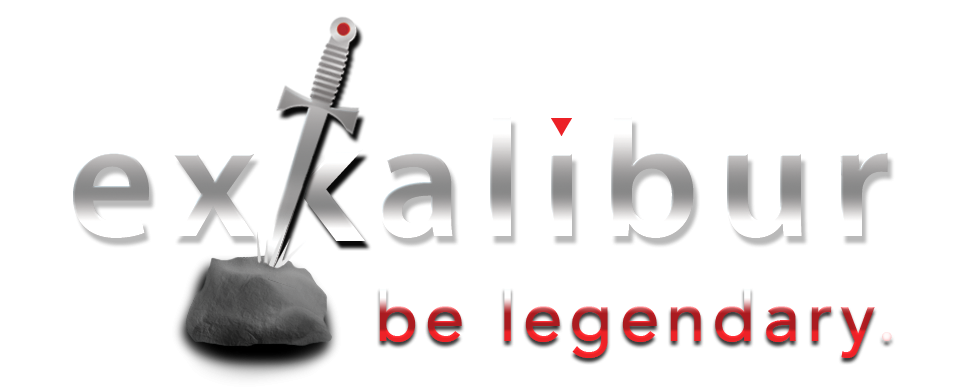Time is the one thing we want more of … and yet more of it dissolves every day.
H ere’s one more way to get the most out of your day … every day.

Don’t we all know there are many tasks or projects that require us to wait for something else to get done first … or for someone else to get something done before we can continue?
We know that “waiting for” stuff is a critical piece of our personal productivity program because it’s the linchpin of the critical “follow up” that we must always be doing.
So, that part is pretty obvious.
But, have you ever prioritized your tasks to make sure that you’re taking account of the “elapsed time” that something requires?
Here’s the simple hierarchy I try to use. See if it makes sense to you.
1. The 2 Minute Rule
If you can get it done in 2 minutes, do it, get it over with, move on. I think we all know this one.
2. The “Elapsed Time” Effect
Here’s a simple example of how this works.
Let’s say you’re making breakfast. Approach A is that you know you can get out the cereal, sprinkle some brown sugar, cut up some bananas, pour the milk … do all this in a linear fashion, one right after another and have your cereal ready.
What about the toast and coffee? Those take a little “elapsed time”, don’t they? You’ve got to wait for the bread to get toasted, wait for the coffee to brew. You probably already know that and like most of us, start the coffee first. If so, you’ve used the Elapsed Time Effect.
The Elapsed Time Effect says … start with those things that need some time to finish. Start the coffee brewing, put in the toast, then put together the cereal bowl … by which time the toast is probably ready and the coffee almost finished.
Total time with Approach A? Certainly more than Approach B because you’re doing nothing while you’re waiting for the toast and coffee.
How do I apply this concept to other tasks?
It’s a simple concept when you think about it. Imagine that you’re looking at a simple task list that contains these items:
- Email Sally to schedule Thursday’s meeting in the main conference room
- Call John to discuss the agenda items for Friday’s meeting
- Call Mom to say “Happy Birthday”
- Email the swim coach to send out the revised swim meet schedule
Does it matter which of these you do first?
You might say, “No, not really. These are all next action steps I need to take.”
Notice, though, that with items 1 and 4, the people on the other end may need some time to accomplish your request.
They may be in a meeting, home sick, not checking email … who knows? There’s no certainty about when they will respond but your email will “get them started”.
[pullquote]Lost time is never found again. ~ Benjamin Franklin[/pullquote]
3. Do your own stuff last
If you think about items 2 & 3, you can do those by yourself.
You don’t have to get anyone “started” on a process, you can start and complete these by yourself.
- Call Mom and wish her Happy Birthday.
- Call John to discuss the agenda.
Sure, maybe they’re not there and you have to leave a message … but if they’re available, you can complete your task right then.
The key thing is that you’re doing this while Sally and the swim coach are using some of that “elapsed time” to respond to your request.
Does it really matter?
Yes, even with these 4 simple tasks.
But what if you have several hundred in your trusted system? Today, 18 of them show up on one of your lists. Try to prioritize them by how much time you think the other party may need to accomplish the task.
The longer you think it will take them, the higher on your list they should be so that they’ll have the maximum “Elapsed Time” to accomplish the task … so you can be doing other stuff while they’re doing what you asked (hopefully, anyway).
Save the stuff you can do by yourself until last.
You can do that and be done … and you can do that anytime … so why not get the others started first?
It really matters when you don’t get through your lists.
This becomes even more important when you get to only 10 of items today … and realize that Sally and the swim coach weren’t even contacted so they haven’t started on anything.
If you’ve spent that time doing things that you can do by yourself, you’re behind where you would have been had you started those “elapsed time” tasks first.
Try it out
Maybe this is so brain-dead simple that you’re already doing it.
Great.
But keep this little swing thought in mind anytime you’re perusing your list to determine what you’re going to do first.
Give the other guy or gal first dibs.
Then, deal with your own stuff.
Coffee, Toast, Cereal. In that order.
Question: Do you do this now? Does it make any difference? You can easily add your comment below, or by visiting our Facebook Page or @Exkalibur on Twitter. I visit them every day and look forward to discussing these ideas and concepts with you.


